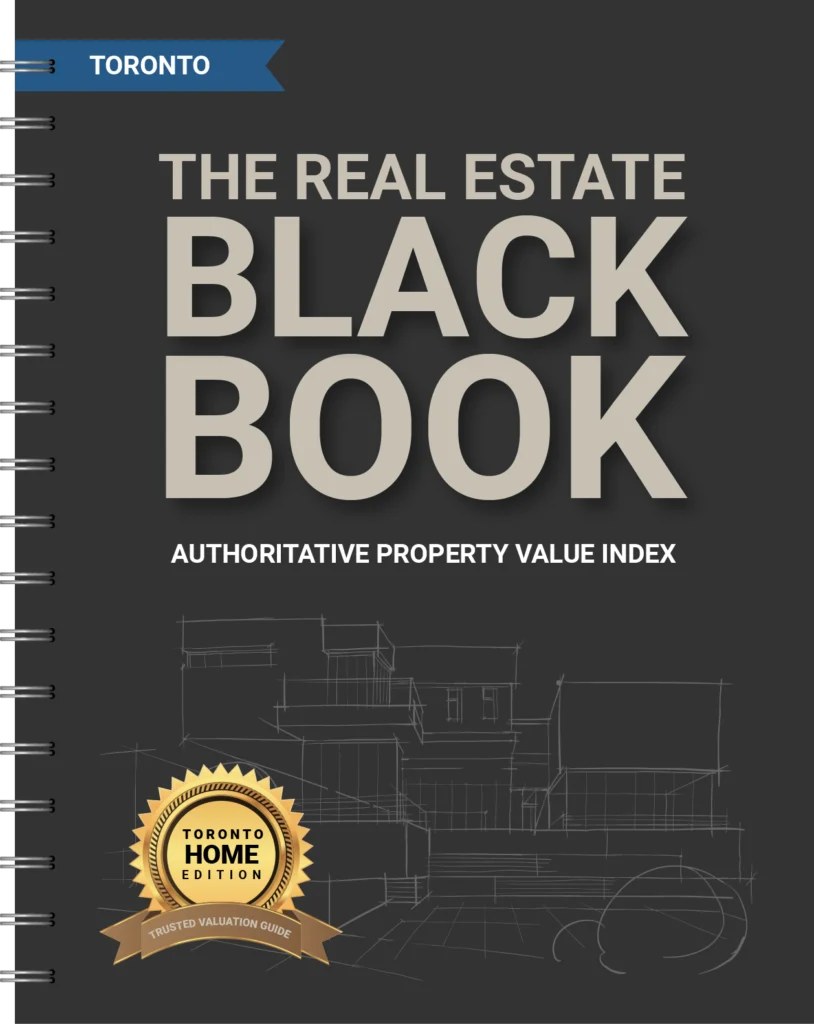Toronto’s real estate market is undergoing a significant shift, with a noticeable spike in new listings creating both challenges and opportunities for home sellers. The number of homes on the market has risen substantially, reflecting changing economic conditions and evolving buyer behaviour.
This blog explores the reasons behind this increase in active listings, what it means for homeowners planning to sell, and how sellers can adapt their strategies to succeed in today’s competitive market.
What’s Driving the Increase in New Listings?
A surge in active listings typically indicates that more homeowners are choosing to sell their properties. Several factors are contributing to this trend in Toronto:
Economic Adjustments: After years of rapid price growth, Toronto’s housing market is stabilizing. Recent interest rate cuts by the Bank of Canada have prompted some homeowners to list their properties, anticipating renewed buyer activity.
Seasonal Trends: The end of 2024 saw a seasonal uptick in new listings, as sellers aimed to close deals before the year-end. Historically, the market experiences a slowdown in December, followed by increased activity in January and February.
Affordability Pressures: Economic uncertainty and high borrowing costs have prompted some homeowners to downsize or liquidate assets. This has led to more homes being listed across various price ranges.
What the Spike in New Listings Means for Sellers
A higher volume of listings creates a more competitive environment for sellers. Here’s what it means for those planning to put their home on the market:
Increased Competition: With more homes for sale, buyers have greater choices. Sellers need to ensure their property stands out by emphasizing value, condition, and location. Properties that are overpriced or poorly marketed may sit longer on the market.
Pressure on Pricing: While Toronto’s average home prices have remained relatively stable, a saturated market can push sellers to price more competitively. A well-priced home is more likely to attract serious buyers quickly.
Longer Days on Market: Increased inventory often leads to longer selling times. Sellers should prepare for this possibility and adjust their expectations accordingly.
How Sellers Can Adapt to the Changing Market
Adapting to the current market dynamics is crucial for sellers looking to maximize their success. Here are strategies to navigate the spike in active listings:
Competitive Pricing: Analyze comparable sales in your area to set a realistic price. Overpricing can deter buyers, especially when they have multiple options.
Enhancing Property Appeal: Investing in home staging, professional photography, and minor repairs can make a significant difference. A well-presented home captures attention and builds buyer interest.
Marketing Beyond the MLS: Expand your reach with a robust online presence. Utilize social media, virtual tours, and targeted ads to attract buyers. Partnering with an experienced real estate agent can amplify your marketing efforts.
Negotiation Flexibility: Be prepared to negotiate with buyers. Offering incentives, such as covering closing costs or providing a flexible closing date, can help seal the deal.
The Role of a Real Estate Agent in a Competitive Market
Navigating a market with increased new listings can be challenging, but a skilled real estate agent can make the process more manageable. An agent can:
- Provide accurate market data to help set the right price.
- Develop a customized marketing strategy to showcase your property.
- Handle negotiations to secure the best possible terms.
Working with an agent ensures you have expert guidance every step of the way.
Looking Ahead: What’s Next for Toronto’s Market?
The spike in new listings is expected to influence the market into 2025. While this creates opportunities for buyers, sellers must remain proactive and adaptable. Future market trends to watch include:
- Interest Rate Movements: Any further adjustments by the Bank of Canada could impact buyer activity.
- Economic Stability: A stable economy may encourage more buyers to re-enter the market, balancing the supply-demand dynamic.
- Population Growth: Immigration and urban expansion will continue to drive demand for housing in Toronto.
Conclusion
The current spike in active listings is reshaping Toronto’s real estate market, creating a more competitive environment for sellers. By pricing competitively, enhancing property appeal, and leveraging professional marketing, sellers can navigate these changes successfully.
Whether you’re planning to sell soon or evaluating your options, staying informed and adaptable is key to achieving the best outcome in a shifting market.



